The Trent Aegir
At Gainsborough, several times a year, can be seen a phenomenon known as the "Trent Aegir". This is a large tidal bore which rolls down from the Humber. It is known to have happened since at least the Viking era, as the name Aegir is taken from the Norse god of the sea.

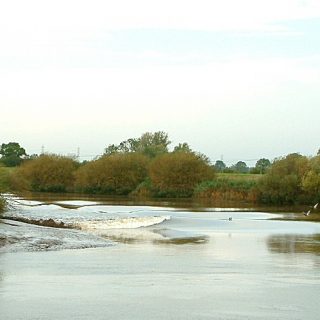
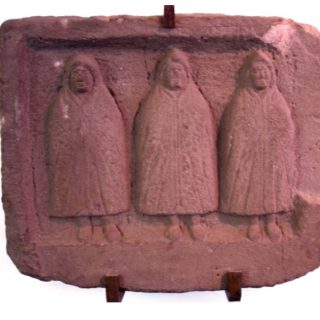
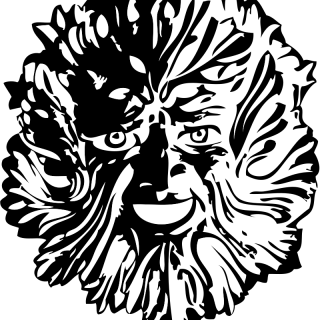
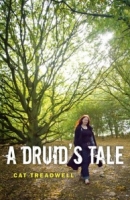
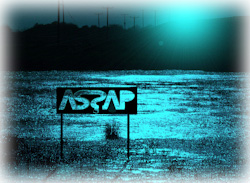
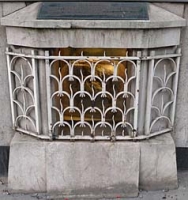
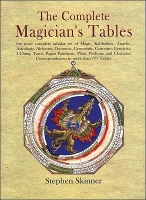
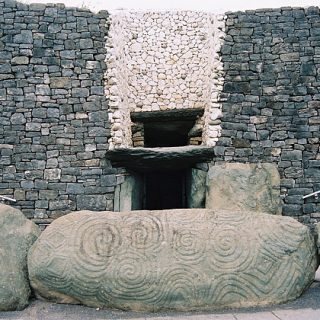
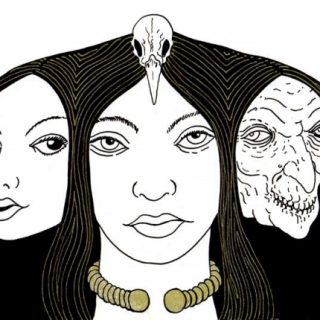
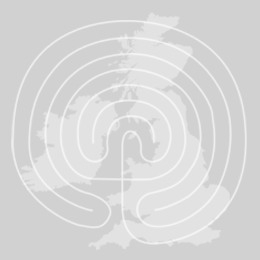
Recent Comments